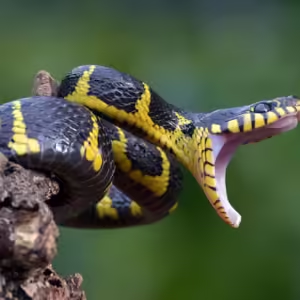The research was recently published in the scientific journal “American Midland Naturalist” and is being seen as a significant example among wildlife researchers.
Twins joined together are seldom found in the womb, and most don’t survive birth. In fact, scientists still don’t know precisely what causes this phenomenon.
“In humans too, we’re not sure,” D’Angelo clarified. “We think it’s just cells dividing naturally during early embryo growth.”

“It’s amazing and really graceful,” said Giño D’Angelo, a scientist at the University of Georgia, in a statement. “We can’t even guess how rare this is. Out of the tens of millions of births that happen in the US each year, there are significant anomalies occurring worldwide that we’re not even aware of.”
Wild Images In Motion Taxidermy positioned the conjoined fawns in a field of vegetation, but they will eventually be transferred to the Minnesota Department of Natural Resources headquarters in St. Paul for public display.
“We all thought it was pretty neat, and we were happy to share it with the public,” Corricelli said.






